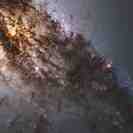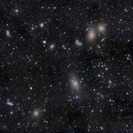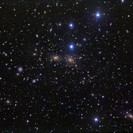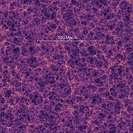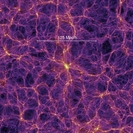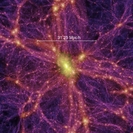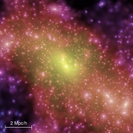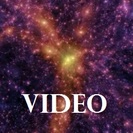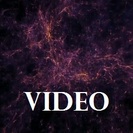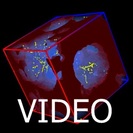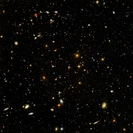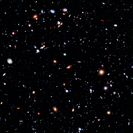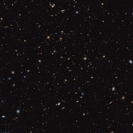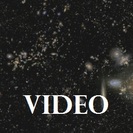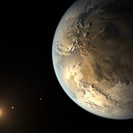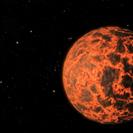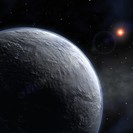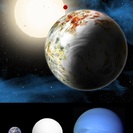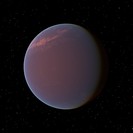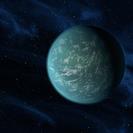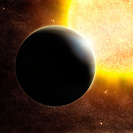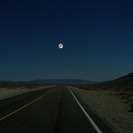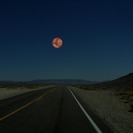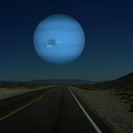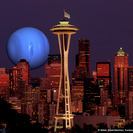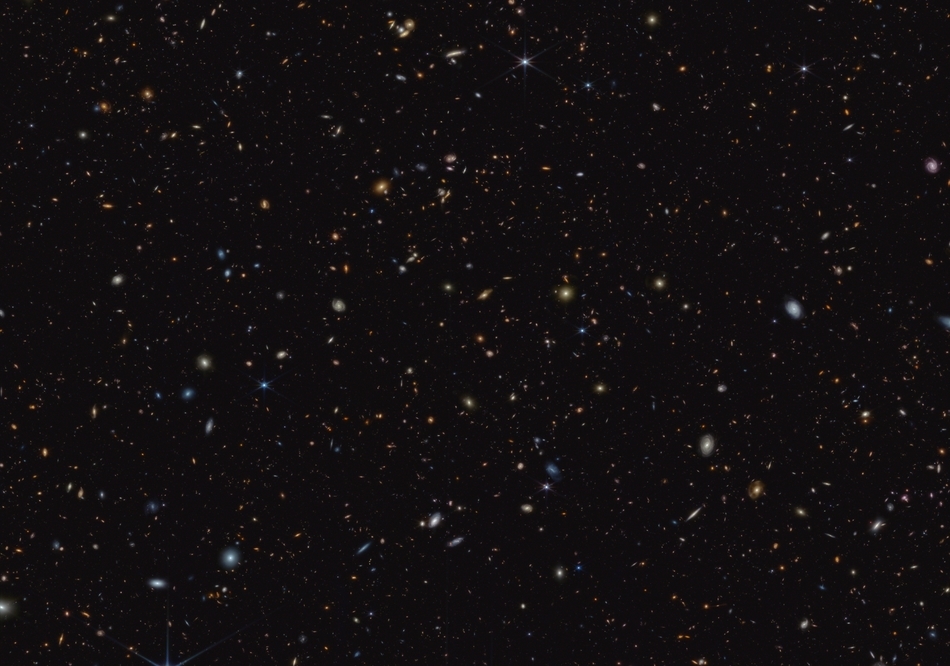Here we see the section of the sky that the Hubble Space Telescope had already imaged (Hubble Ultra Deep Field and Hubble Extreme Deep Field), but in this case observed by the James Webb Space Telescope (JWST). The telescope is designed for the infrared range and can therefore observe even more galaxies than the Hubble Space Telescope could. The JWST is so sensitive that it could detect the thermal radiation of a bumblebee on the moon from Earth.
More than 45000 galaxies have been counted in this section of the image, which is the apparent size of a grain of sand an arm's length away. Hundreds of these galaxies were formed in the first 600 million years after the Big Bang, many more than previously thought possible. Some of these galaxies already existed at the time of the reionisation of the universe. We are still a long way from knowing the number of galaxies in the entire universe, but estimates now range from 200 billion to 2 trillion galaxies.

